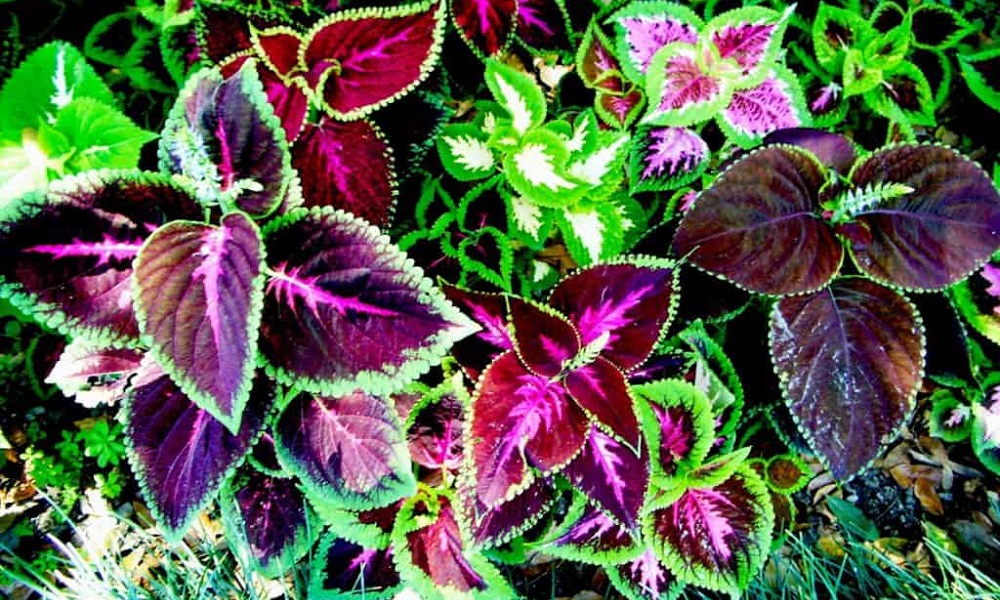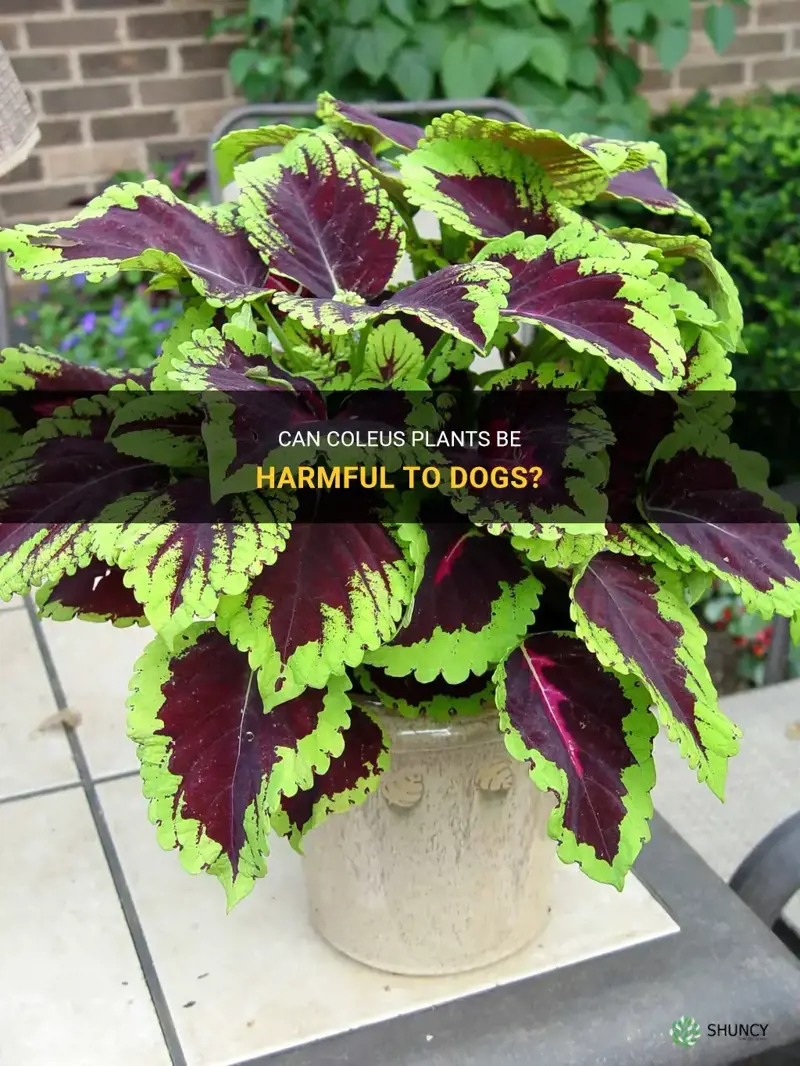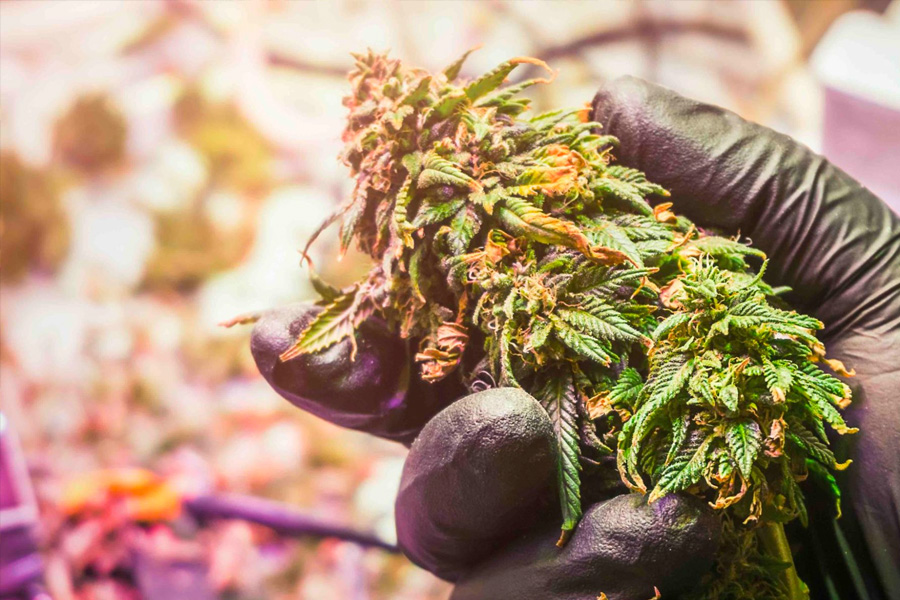Are Coleus Plants Poisonous to Dogs? What Every Dog Lover Should Know!

The first time I learned that coleus plants could be a problem for dogs, it wasn’t from a vet brochure or some official warning. It was a Tuesday afternoon, and my golden retriever, Murphy, gave me a look I now recognize as his “I’ve done something dumb” face—ears back, tail wagging nervously, flecks of dirt on his nose. He’d been nosing around in the sunroom where my prized rainbow coleus lived in their terra-cotta pots. The next thing I knew, I was cleaning up neon-green vomit and calling poison control with shaky hands.

Here’s the thing nobody really talks about: most of us don’t realize how easy it is to overlook the “mildly toxic” label. We think, “Oh, it’s not deadly like oleander or lilies—no big deal.” But what I learned that day—and from talking with other dog owners since—is that the real mistakes are sneakier than you’d expect.
Mistake #1: Underestimating Curiosity (and Canine Acrobatic Skills)
Back before Murphy’s incident, I believed my plants were out of reach on a windowsill. What I didn’t count on was how quickly he could nudge over an ottoman for a boost—or that coleus leaves would flutter down when brushed by a tail.
A friend once told me her dachshund managed to wriggle onto a bookshelf using nothing but determination and three stacked laundry baskets. Another neighbor’s beagle tunneled under patio fencing to nibble at garden leftovers—including discarded coleus roots.

If you think your plant is safe because it’s high up or behind something? Think again. Dogs are part gymnast, part detective when they’re bored or curious.
Mistake #2: Missing Early Signs Because They’re So Ordinary
Murphy didn’t collapse dramatically after his snack—he got restless and kept licking his lips. That’s all. No one warns you that the first clue might just look like mild discomfort or extra drooling.
One client shared her story: Her corgi started pawing at his mouth after chewing on some fallen leaves—she assumed he’d just picked up a stick outside until red patches appeared around his gums hours later. By then, they were headed to the emergency vet for skin irritation and nausea.
Keep an eye out for:
- Sudden drooling
- Lip licking
- Pawing at the mouth
- Mild vomiting (sometimes hours later)
- Redness around lips or paws
It sounds subtle because it often is—which makes these symptoms so easy to dismiss until things escalate.
Mistake #3: Waiting Too Long Before Calling For Help
Here’s an odd fact: In 2019, ASPCA Poison Control reported that nearly 70% of plant-related pet calls involved dogs whose owners waited more than two hours before seeking advice because “it didn’t seem serious.” The difference between quick recovery and drawn-out discomfort can literally come down to minutes—not hours.
After Murphy snacked on coleus leaves, I rinsed his mouth (which he hated), called our vet immediately, and brought along a chewed-up leaf sample in a sandwich baggie. Within an hour he was home with fluids—and by dinner he was back to himself. If I’d waited? Who knows how much worse it could have gotten.

Mistake #4: Believing ‘Pet-Friendly’ Means All Pets
Retailers love labeling houseplants as “pet-friendly,” but sometimes this only means non-fatal—not truly harmless. Coleus often slips through these lists because its toxicity is considered mild compared to heavy-hitters like sago palm or azalea. But every dog is different; what causes mild symptoms in one could mean days of GI upset for another—especially puppies or seniors.
I’ve seen families swap out their coleus for spider plants or Boston ferns after one too many close calls—only to discover their cats had entirely different sensitivities! Always cross-check your specific pet breed and age when researching plants—and never assume one-size-fits-all safety.
Mistake #5: Letting Vigilance Slip Over Time

Here’s where routine gets us all: After months without incident, we relax our guard. Maybe we move the plant back to its sunny spot on the floor “just until company leaves,” or trust our training will keep curious noses away indefinitely.
But as soon as guests arrive—or we get busy—the old temptations return for our pets. A friend once found her terrier gnawing on her beloved coleus during Thanksgiving chaos; amid laughter and food prep, no one noticed him slip away until he started retching under the dining table!
Set reminders every few months for a quick sweep of your living spaces—especially after changes in furniture arrangement or new pets joining the family circus.
What Actually Works (Tried-and-Tested Strategies):
-
Elevate Creatively: Wall-mounted planters (at least four feet high) worked wonders for me—a tip borrowed from my aunt who fosters rescue dogs.
-
Closed Terrariums: My neighbor keeps miniature coleus varieties thriving inside glass domes atop bookshelves—a win-win for style and safety.
-
“Leave It” Command Practice: Five minutes daily with treat rewards made all the difference; Murphy still perks up whenever he hears those words.
-
Pet-Safe Plant Lists: Downloaded from credible sources like ASPCA.org—I keep mine taped inside my gardening journal.
-
Regular Safety Audits: Calendar reminders every season prompt me to check every room anew—even balconies and patio corners where stray seedlings might pop up after windy days.
-
Silk Swaps: When color matters more than authenticity (like guest rooms), silk coleus offers zero risk—and less watering!
The Why Behind Prevention
Letting down your guard isn’t about carelessness—it’s about being human in busy households full of distractions and shifting routines. Even veterinarians have stories of their own pets sneaking forbidden snacks! The point isn’t perfection—it’s catching mistakes early enough that everyone bounces back with minimal fuss (and fewer vet bills).
If you do slip up—as most of us do at least once—don’t waste energy on guilt; focus instead on fast action:
- Remove any remaining plant material from your dog’s mouth
- Rinse gently if possible
- Monitor closely
- Call your vet right away
Most importantly? Share what you learn! Every story makes someone else just a little bit wiser—and helps keep more tails wagging safely alongside those vibrant pops of color we love so much.
So go ahead—take five minutes today to audit your space and brush up on training cues… then give yourself credit not just for loving beautiful plants but for loving your dog enough to make their world safer too.
And if you ever catch your pup eyeing those tempting leaves again? Just remember—you’re not alone; we’ve all been there… usually covered in dirt and wondering why we ever thought plants belonged indoors with dogs in the first place!




